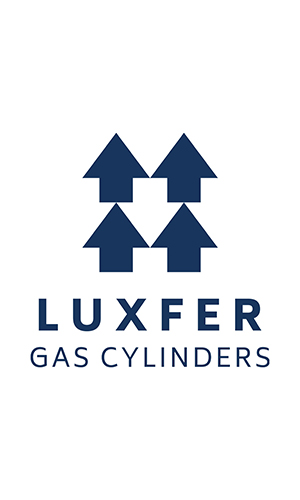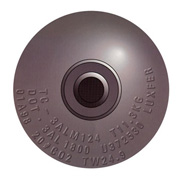US +1800 764 0366 | Europe & Middle East +44 (0)115 980 3800 | Asia-Pacific: +61 2 7227 5369
Support item:
Sustained-load cracking (SLC) in ruptured scuba cylinder made from 6351 aluminum alloy
SLC is a thoroughly researched and well-documented metallurgical phenomenon that occasionally develops in cylinders made from 6351 alloy, as well as in other types of pressure vessels and structural components under stress for sustained periods of time. SLC has occurred in cylinders manufactured by various companies, including Luxfer. Cylinders that have been mechanically damaged, over-filled or otherwise abused are more susceptible to SLC, which is not a manufacturing defect, but a phenomenon inherent in the metal itself.
Research has consistently shown that sustained-load cracks grow very slowly, typically taking eight or more years to grow large enough to cause a cylinder leak or, in extremely rare cases, a rupture. Because SLC growth is so slow, properly trained inspectors have adequate opportunity to detect cracks and remove cylinders from service during normal annual inspections or as part of the DOT-required requalification process every five years. Both Luxfer and DOT have long maintained that proper, diligent inspection by correctly trained personnel is the best way to avoid cylinder-related accidents.
It is important to note that SLC has occurred only in a small number of older cylinders made from 6351 aluminum alloy. Cylinders made from 6061 aluminum alloy, the metal currently used by all U.S. manufacturers, have not exhibited SLC.
Luxfer discontinued use of 6351 alloy in June 1988 and since that time has only manufactured scuba cylinders from Luxfer’s proprietary L6X® formula for 6061 aluminum alloy. Out of more than 40 million cylinders, no Luxfer cylinder made from L6X® (6061) alloy has ever exhibited a sustained-load crack.
For more detailed information about SLC, visit the Luxfer website at www.luxfercylinders.com, click “Support” on the top menu bar, click “Frequently Asked Questions” on the left-hand menu and then click the “Sustained-load Cracking (SLC)” heading. For specific dates when Luxfer switched different cylinder models from 6351 to 6061 alloy, click “Support,” then “Technical Bulletins” and scroll down to Dates when Luxfer changed its aluminum alloy from 6351 to 6061 (posted November 12, 2003).
If you have additional questions, call Luxfer’s toll-free customer service line: 800-764-0366.
1See Department of Transportation: HM-220F, Federal Register, Vol. 71, No. 167, pages 51122-51129.


